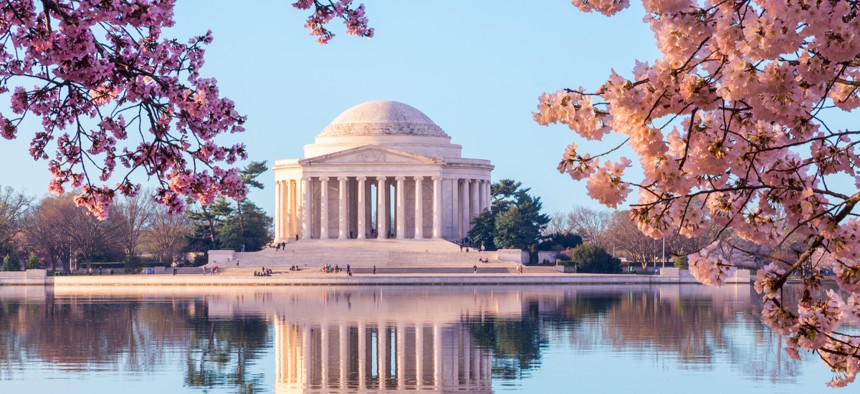Ranking the Country's Parks

The district took first based partially on the number of residents (98 percent) who live within a 10-minute walk of a park. Shutterstock
Washington, D.C. dethroned three-time defending champ Minneapolis in the latest version of the ParkScore index, released this week by the Trust for Public Land.
Washington, D.C. has the best park system in America, while the country as a whole continued to improve park accessibility for residents, the Trust for Public Land found in its 2019 ParkScore index.
The index ranks the country’s largest 100 cities on a variety of park-focused metrics, including median park size, the percent of residents who live within a 10-minute walk of a park and amenities like off-leash dog parks, basketball hoops and restrooms. (Fort Wayne and Indianapolis declined to participate, while Gilbert, Arizona was not ranked due to insufficient data, according to the index.)
D.C. dethroned three-time defending champ Minneapolis, which fell to third in the rankings, behind its sister city St. Paul, Minnesota. The district won based on high scores among all rating factors; most notably, 98 percent of D.C. residents live within a 10-minute walk of a park, and parks make up 21 percent of the city’s area.
“D.C. is truly a city of parks that serve as hubs of activity and beauty for neighborhoods and provide substantial social, economic, and health benefits to our residents,” Mayor Muriel Bowser said in a statement. “We’ve invested more than $200 million to ensure all residents have access to playgrounds, nature trails, and other public parks that have made D.C.’s park system the envy of cities across the nation.”
Arlington, Va.; Portland, Ore.; Irvine, Calif.; San Francisco, Cincinnati, New York City and Chicago round out the top 10. Elsewhere in the rankings, Boise (21st overall) defended its title as the best park system for dogs, with 5.7 dog parks per 100,000 residents. Norfolk, Va. (44th) had the most basketball hoops, while Madison, Wis. (12th) was best for playgrounds. Boston (13th) led the nation in park splash pads and other water features.
Nationwide, 72 percent of residents in large cities live within a 10-minute walk of a park, up from 70 percent last year. Those cities would need to add 8,300 parks to their current total of 23,727 for everyone to live that close to outdoor recreation, according to the index.
Other nationwide park trends included greater availability of playgrounds and basketball courts, and what the trust refers to as a “pickleball breakout,” with a 38 percent increase of ping-pong/tennis hybrid courts in the last year.
“Pickleball is popular among all ages and especially beloved by seniors,” the index notes, “because it offers a low-impact and fun opportunity for physical activity.”
Kate Elizabeth Queram is a Staff Correspondent for Route Fifty and is based in Washington, D.C.
NEXT STORY: Infrastructure Talks Between Trump and Democrats Crumble





